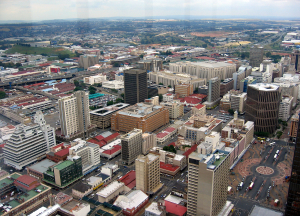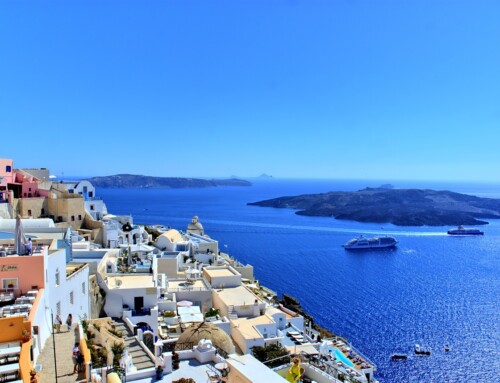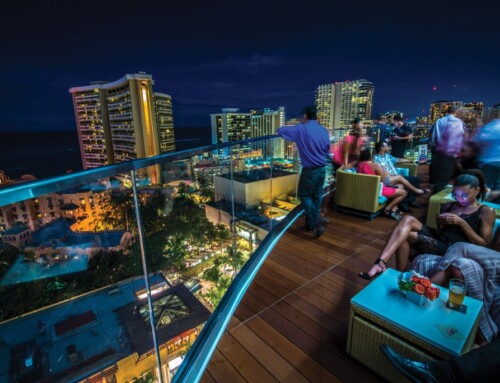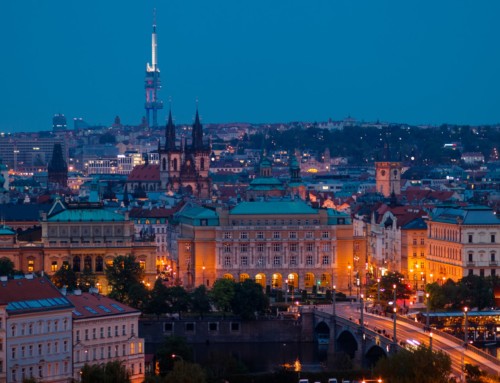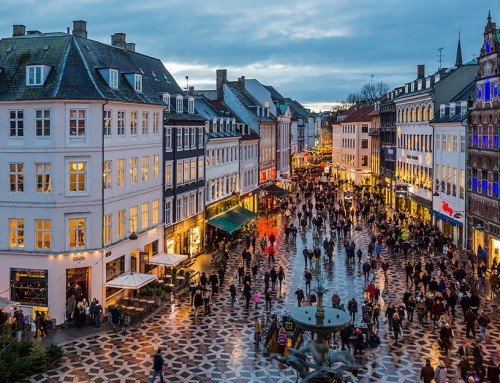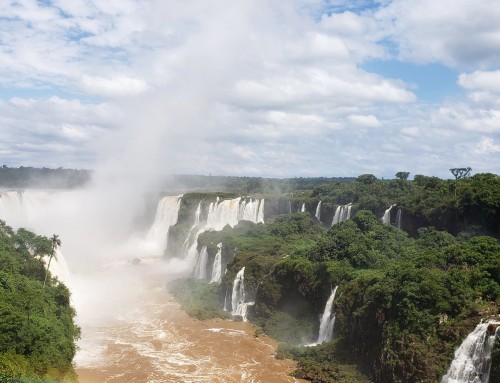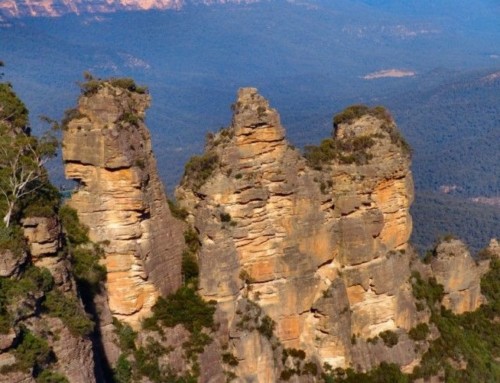Johannesburg is a city of amazing contrasts. An enormous city, where magnificent wealth and miserable poverty live side by side, if you want to glimpse the real South Africa – and try to understand it – Jo’burg has to be on your travel plan.
“The city of gold” is by far the biggest city in South Africa. It’s impatient and fast-growing, with energy, wealth, and a beautiful climate. If you take sensible precautions and heed to the locals, you can revel in this charming, multitudinous city where ups and downs of 21st-century South Africa can be seen in three, multicolor dimensions.
Apartheid Museum
The prejudice, brutality and day-to-day irrationalities of white minority rule are remarkably detailed in Johannesburg’s Apartheid Museum. ‘Apartheid’, meaning “separateness” in Afrikaans, was formally in operation from 1948 to 1994, though separation had been the foundation of South African politics since the inception of the Union in 1910.
Apartheid turned South Africa into an outsider state, ignored by much of the international community and nearly torn apart by internal tensions, including the ill-famed Sharpeville riots of 1960. This outstanding museum tells that story through documents, photos and film footage, as well as interactive features which bring the truth of racial classification to life.
South Africa’s delayed liberation following Nelson Mandela’s release from prison in 1990 is celebrated by the seven pillars of the constitution seen in the courtyard: democracy, equality, reconciliation, diversity, responsibility, respect and freedom.
Sun City
In the 1980s Sun City was a test of honesty for rock and pop stars, as performing in the enormous entertainment complex northwest of Johannesburg meant silently conspiring with the apartheid command. Nowadays a trip to Sun City need not compromise anyone’s principles – unless you are intensely opposed to gambling.
The heart of Sun City is the casino, and offers all the things you would expect of a topnotch gaming facility. The multitude of other attractions include a water park, health spa and two 18-hole golf courses. One of the golf courses is in the crater of an extinct casino, while the other features live crocodiles in its water feature.
Soweto
Soweto (short for South-West Township) was equal to Apartheid resistance in South Africa, particularly as subjugation was heightened in the 1970s and 80s, a time when images of the spreading district on the edge of Johannesburg were seldom far from television news. The area has by tradition housed black workers who travel to more prosperous white areas of Johannesburg, and congestion has always been an issue.
But this is also a place of remarkable cultural abundance and a trendsetter for the whole country: South Africa’s heart beats to the cadences of Soweto. Follow a guided tour to realise the truth about life in Johannesburg’s most renowned district and relish the taste of the township in one of the enormous array of restaurants, dishing out everything from barbecues to modern variations on traditional Zulu concoctions.
Kruger National Park
One of South Africa’s principal attractions, Kruger National Park is renowned the world over for the extent and variety of its wildlife.
The “Big Five” of game are all there: elephants, rhinoceroses, leopards, buffalo, and lions. An outstanding conservation program means you will also encounter giraffes, zebras, wildebeests as well as big cats of all stripes.
This enormous territory covers a number of geographical zones, with an array of fauna including the unique baobab and low-lying plants of the typical South African “veldt”. Man-made charms include the evocative ruins of an old Portuguese trading post, an elephant museum, as well as hints of civilizations dating back to the Iron Age.
Mandela Family Museum
Few statesmen enjoy such worldwide veneration as former South African President Nelson Mandela, who led the path on South Africa’s extended road to freedom. For several years Mandela lived with his family in Soweto in this modest brick bungalow with concrete floors, and it was to here that he came back after his discharge from prison in 1990.
After Nelson and Winnie Mandela split in 1996, the then president gave the house to make sure that “8115 Orlando West” – an address accustomed to all South Africans – would persist as a monument to the anti-apartheid movement. The house has since been thoughtfully restored and visitors can view exhibits and unassuming household objects which add a personal touch to the story of its occupants’ valiant struggle.
Victoria Falls
The massive Victoria Falls on the border between Zambia and Zimbabwe is a famous stop for many people visiting South Africa. It is not something you can do in a quick day trip from Johannesburg, but it’s definitely possible to see Victoria Falls on a brief side-trip from Johannesburg – which is what people do.
Victoria Falls is frequently alluded to as the “world’s largest,” but that can be ambiguous. It’s not the tallest nor the widest waterfall in the world, but when you combine its height and width it creates the largest sheet of falling water. The falls were included to UNESCO’s list of World Heritage Sites in 1989. The name locals had given to the waterfall before explorer David Livingstone arrival in 1855 and named them after the Queen of England was Mosi-oa-Tunya, which means “the smoke that rumbles”.
Touring Victoria Falls in the rainy season means that there will be more water tumbling over the edge, which means the falls will be much more remarkable-looking (and -sounding). The downside to a winter visit is that there will be so much of that “smoke” from the water striking the river below that you may see typically mist and not waterfall.
Lesedi Cultural Village
The “Cradle of Humankind” is an area northwest of Johannesburg which has formed some of the oldest proto-human fossils on Earth. Right in the middle of this region, Lesedi Cultural Village, outlines a few of the progresses which happened in the three or so million years since our ancestors followed their prey across the veldt.
Lesedi reflects the variety of South Africa’s original inhabitants, and contains elements of Xhosa, Zulu, and Ndebele cultures, among others. Together they offer an uproar of sensory delights, from the uncontrolled colour schemes of traditional huts to lively dances, all in a setting in congruence with the adjacent bushland.

